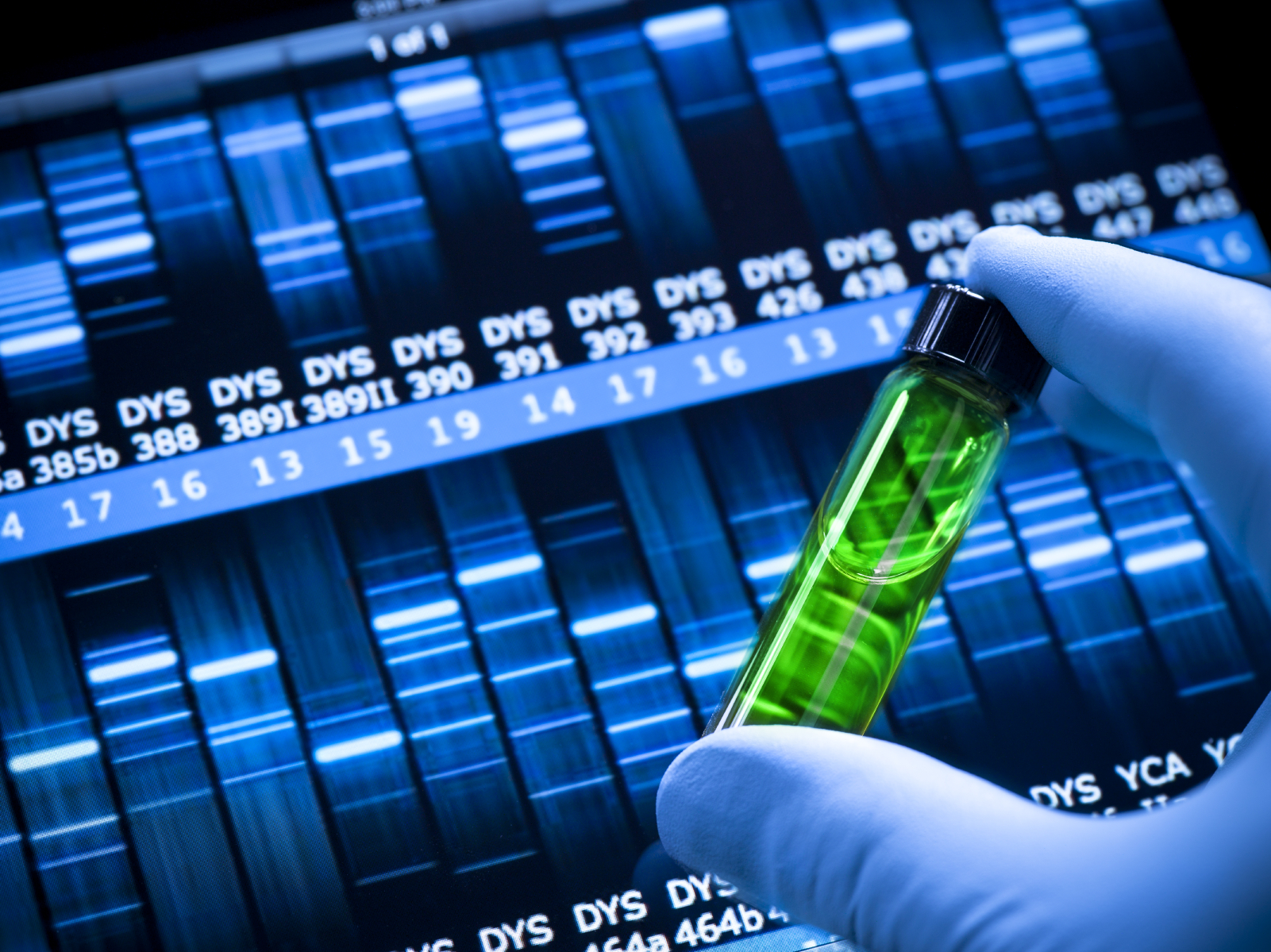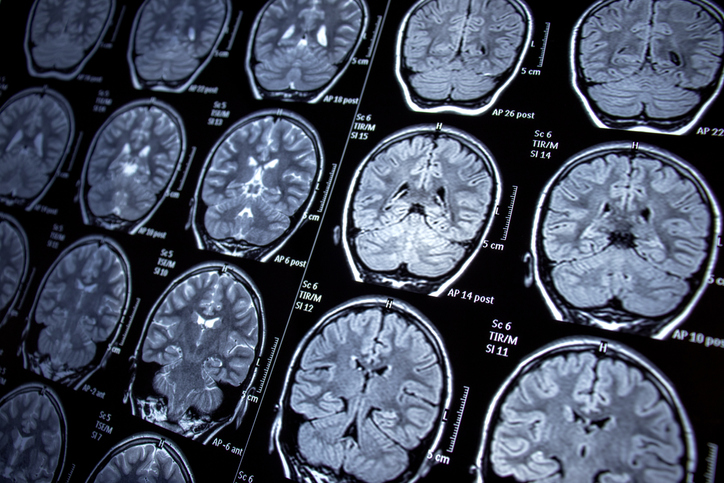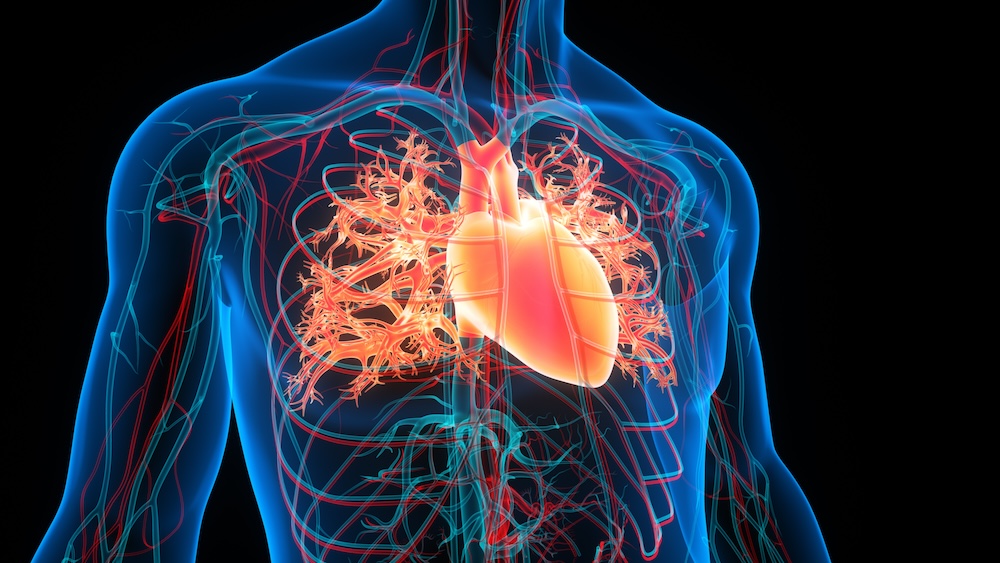Category: Scientific Advances
-

New Insights Into Nicotine’s Effect on Reward Pathways
A Northwestern Medicine study has expanded the understanding of nicotine’s influences on the brain’s reward pathway, with implications for the development of anti-addiction therapies.
-
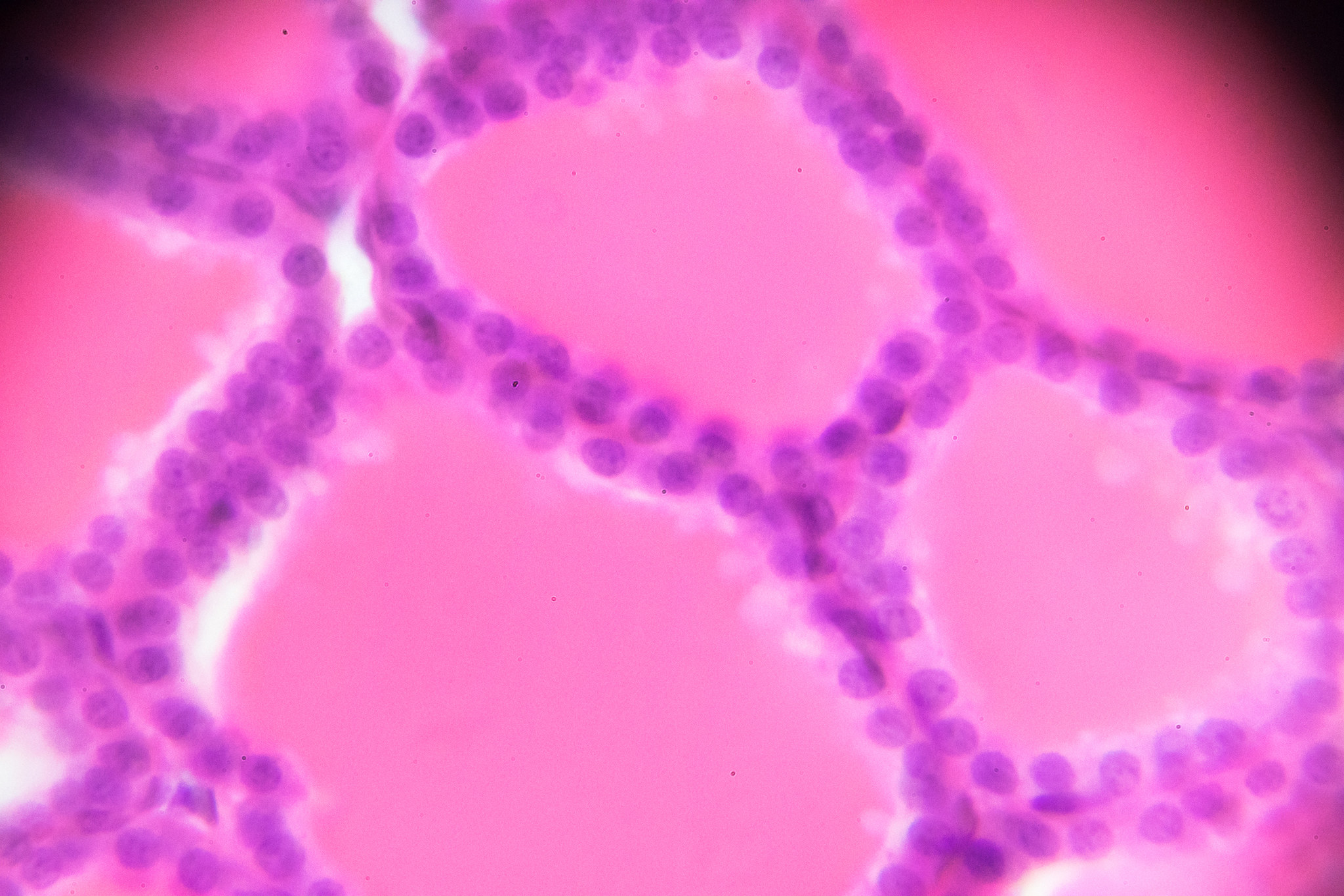
Understanding Structures That Hold Cells Together
A study, published in Proceedings of the National Academy of Sciences, provides new insights into the organization of a key protein called cadherin within structures called adherens junctions, which help cells stick together.
-
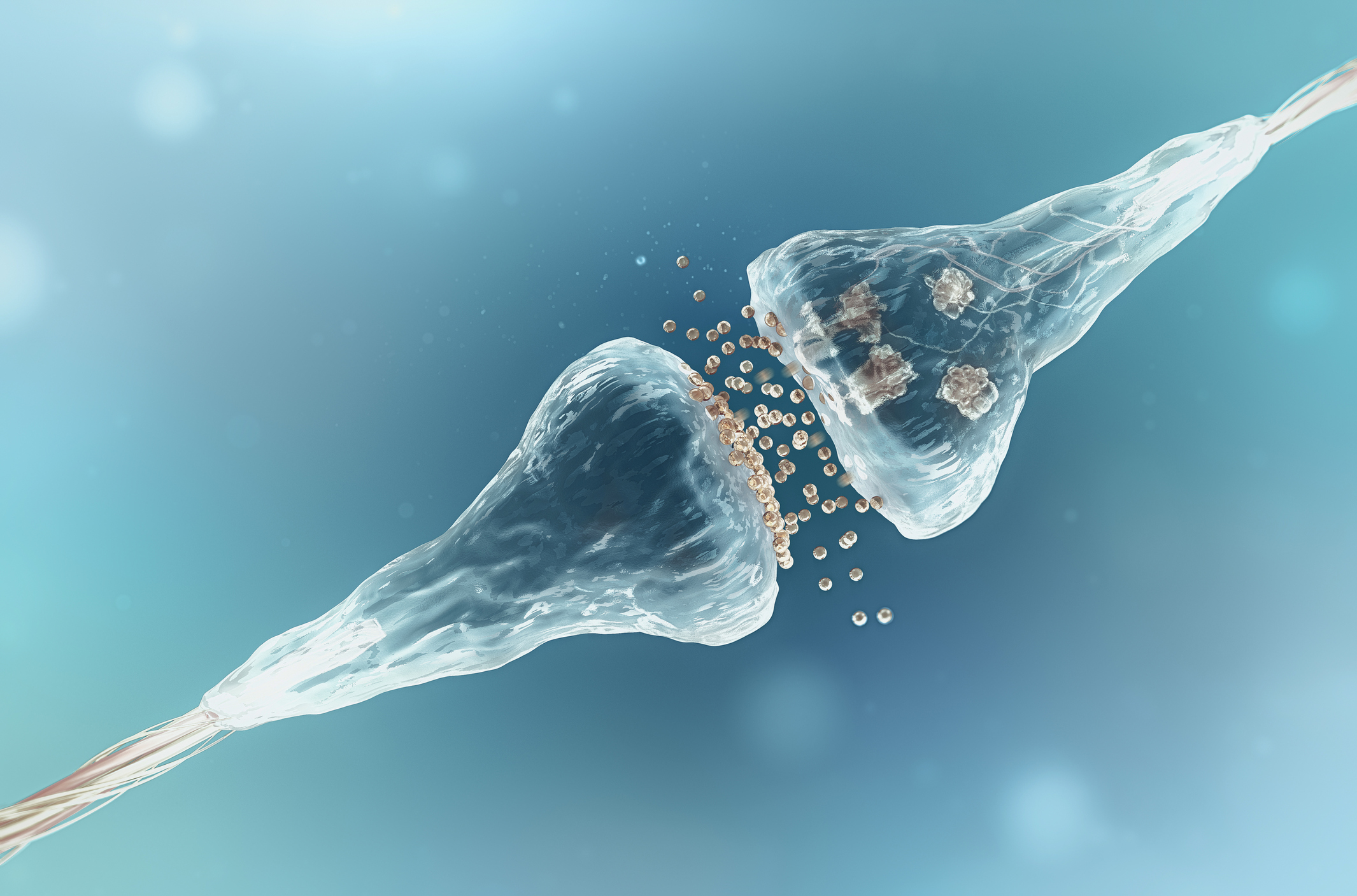
How the Brain Anticipates Errors and Encodes Expectations
New study demonstrates the midbrain’s role in encoding identity errors and how those are used to update expectations in the orbitofrontal cortex.
-

Genome Analysis Identifies Mutations in Pediatric Cancers
Scientists found more than 100 possible cancer-causing mutations and defective alleles in a large-scale genetic analysis of pediatric cancers that was co-authored by Elizabeth Perlman, MD, and published in Nature.
-
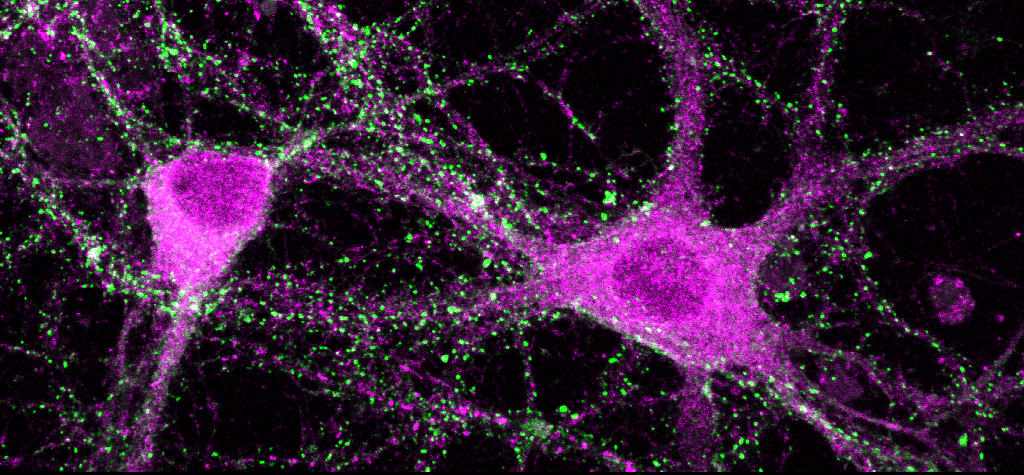
Defining the Biology of Autism
The newly-launched Center for Autism and Neurodevelopment is a translational science hub that aims to investigate the neurobiology of autism and facilitate the development of new treatments.
-

Scientists Develop New Tool to Study Nicotine Receptors
A team of scientists has developed a new technique that allows investigators to better study the effects of nicotine on brain cells.
-
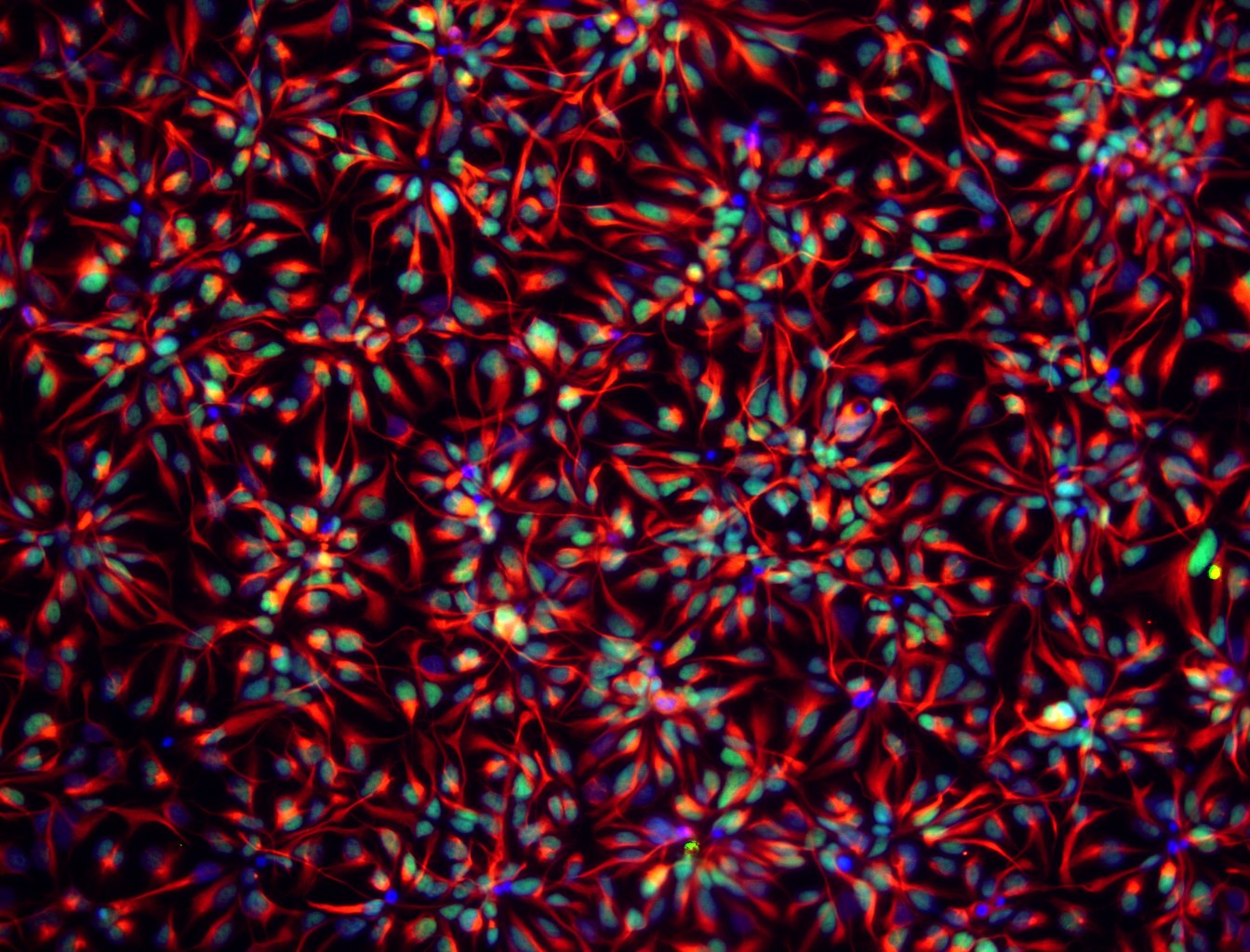
DNA Methylation Plays Key Role in Stem Cell Differentiation
Northwestern Medicine scientists have uncovered how DNA methylation triggers stem cells to transform into more specialized neuronal cells.
-
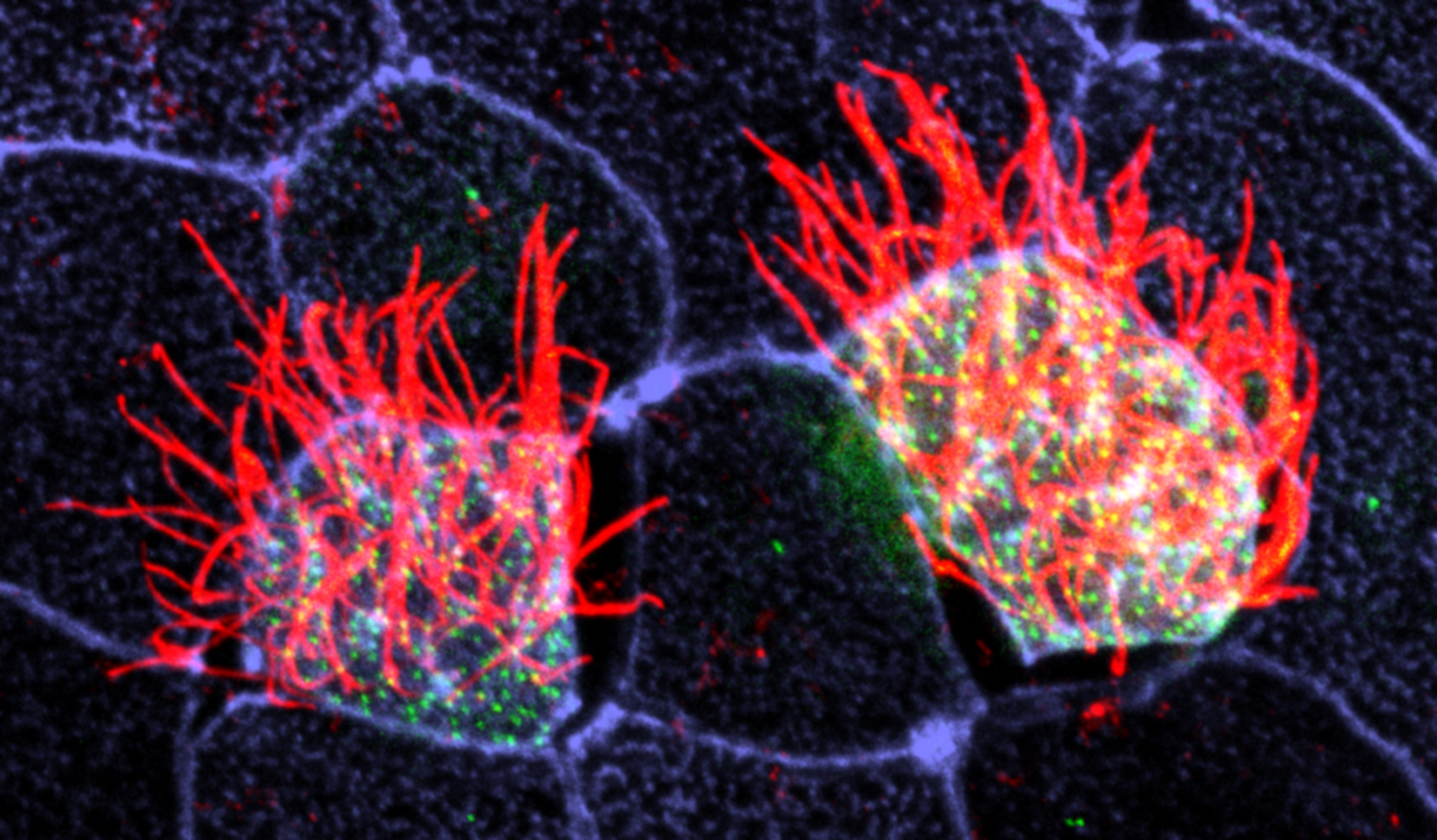
Key Polarity Protein Uncovered
Northwestern Medicine scientists have identified a signaling protein that regulates cell organization, with implications for early development and certain diseases.
-
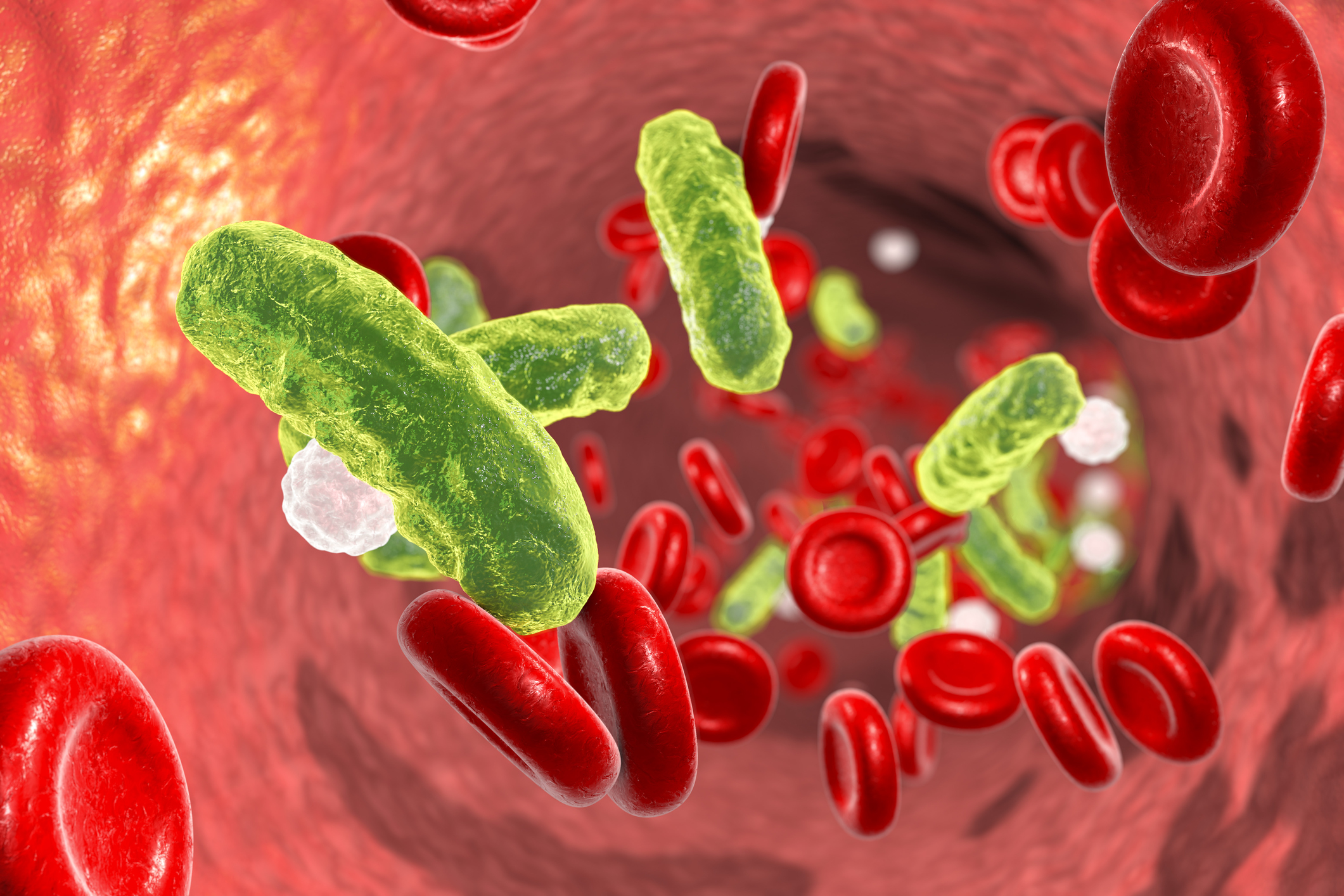
Scientists Discover Novel Treatment Target for Sepsis
A Northwestern Medicine study provides new insights into the key role a molecule called oxPAPC plays in the inflammatory response. The findings could inform the development of new therapies for sepsis.
-
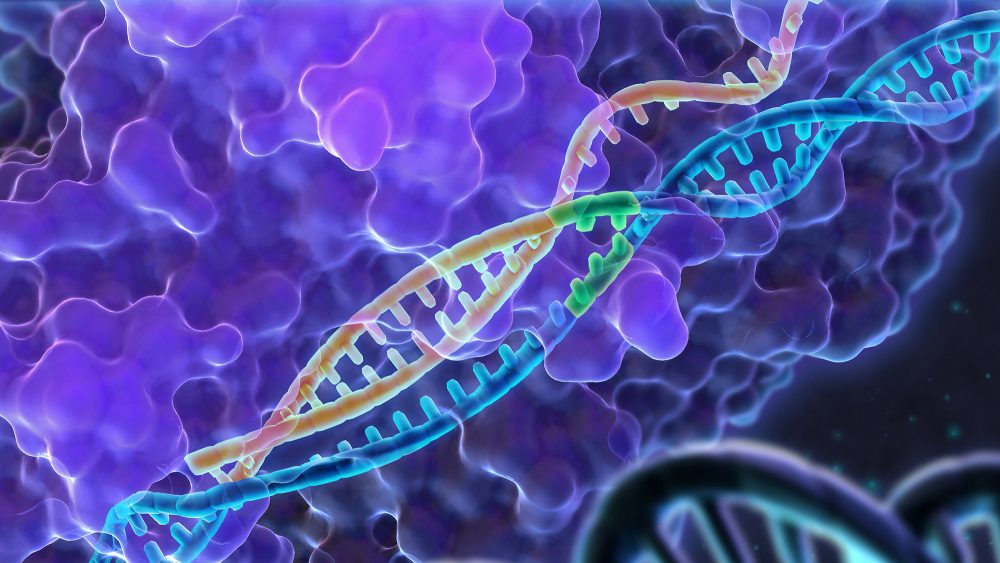
The CRISPR Revolution
Northwestern Medicine scientists usher in a new era of genetic research. Learn how our investigators are using CRISPR technology to isolate mutations that cause neurological diseases and to understand how individual genes can damage or protect cells.



